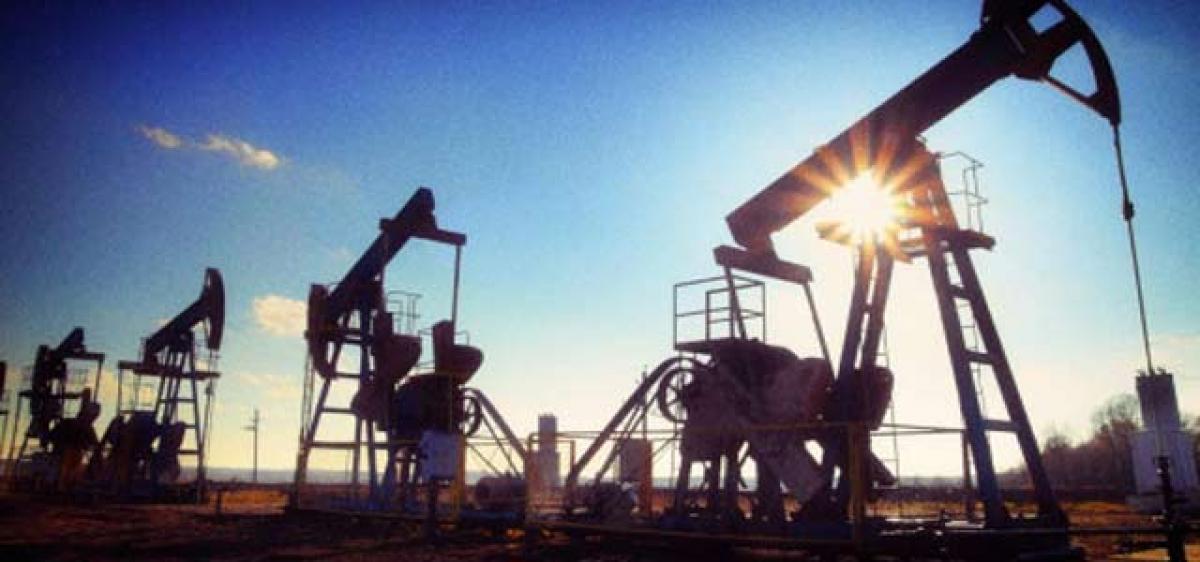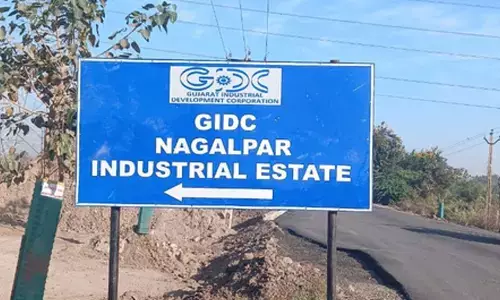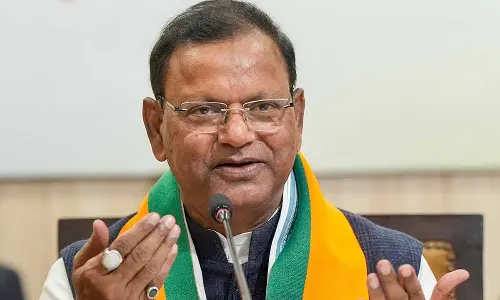A slick path ahead

After reaping rich dividends from low crude oil prices for over two years, India is again faced with a slippery ground. Opec and non-Opec nations are in a big push to lift oil prices. Oil prices had been in a free fall since June 2014 when they touched $110 per barrel. They plunged to $33 in early 2016.
After reaping rich dividends from low crude oil prices for over two years, India is again faced with a slippery ground. Opec and non-Opec nations are in a big push to lift oil prices. Oil prices had been in a free fall since June 2014 when they touched $110 per barrel. They plunged to $33 in early 2016.
However, since oil producers cut a deal in November, prices have now crossed $55 a barrel. It is said India’s comfortable level is up to $70 a barrel.
Affordable energy is the most important catalyst for sustained growth, and low prices helped India grow fastest in the world.
Though its crude oil output slid year on year – it was 36.9 million metric tonnes (mmt) in 2015-16 as against 37.5 mmt in the previous fiscal –– India greatly benefited from low prices. With enough leeway on imports front, it rightly set itself an ambitious renewable energy target of 1,75,000 mw by 2022.
Also by the same year i.e., its 75th year of independence, India wishes to cut oil import dependency by 10 per cent.
Changing circumstances, though, threaten to upset India’s plans. However, there does appear to be a silver lining. State-owned ONGC has proposed to explore shale oil and gas by drilling as many as 17 wells in east and west coasts. Shale is a fissile rock composed of layers of claylike, fine-grained sediments.
The gas trapped within shale formations is a natural gas. It is already a major source of natural gas for US. A US agency estimates India has recoverable shale gas reserves of about 96 trillion cubic feet (tcf) which can meet India’s current needs for over two decades.
India’s present natural gas output is around 92 million standard cubic meters per day. Coal and liquid fuels meet most of India's energy needs.
As of now, conventional energy companies cannot tap shale gas and India needs to come out with a new policy to allow this.
Land acquisition will be a tricky issue as land owners have no say in underground reserves which belong to the government; they will not part with property unless suitable sops provided.
Before India can emulate the US experience, it should, however, pay heed to adverse impact of shale gas, whose extraction costs a fraction of that for crude oil.
Major concerns are enormous amounts of fresh water requirement, wastewater production, pollution, emissions and seismic activity. California, with a long coastline, is already said to be experiencing drought due to shale exploration.
As such, a water-stressed country like India has to exercise great caution. Also, it may take years to get there. Meanwhile, India should expand strategic petroleum reserves from present tankage of 14.8 mmt of crude oil and 13.7 mmt of petroleum products, which can sustain it for only 63 days.
Thus, it is imperative India engage in a proactive energy diplomacy for foreign reserves. It is a good augury it recently signed pacts for $5.6 billion spend in Russian oilfields for LNG imports. More is needed to secure a strong foothold on the energy front which is turning slippy.


















